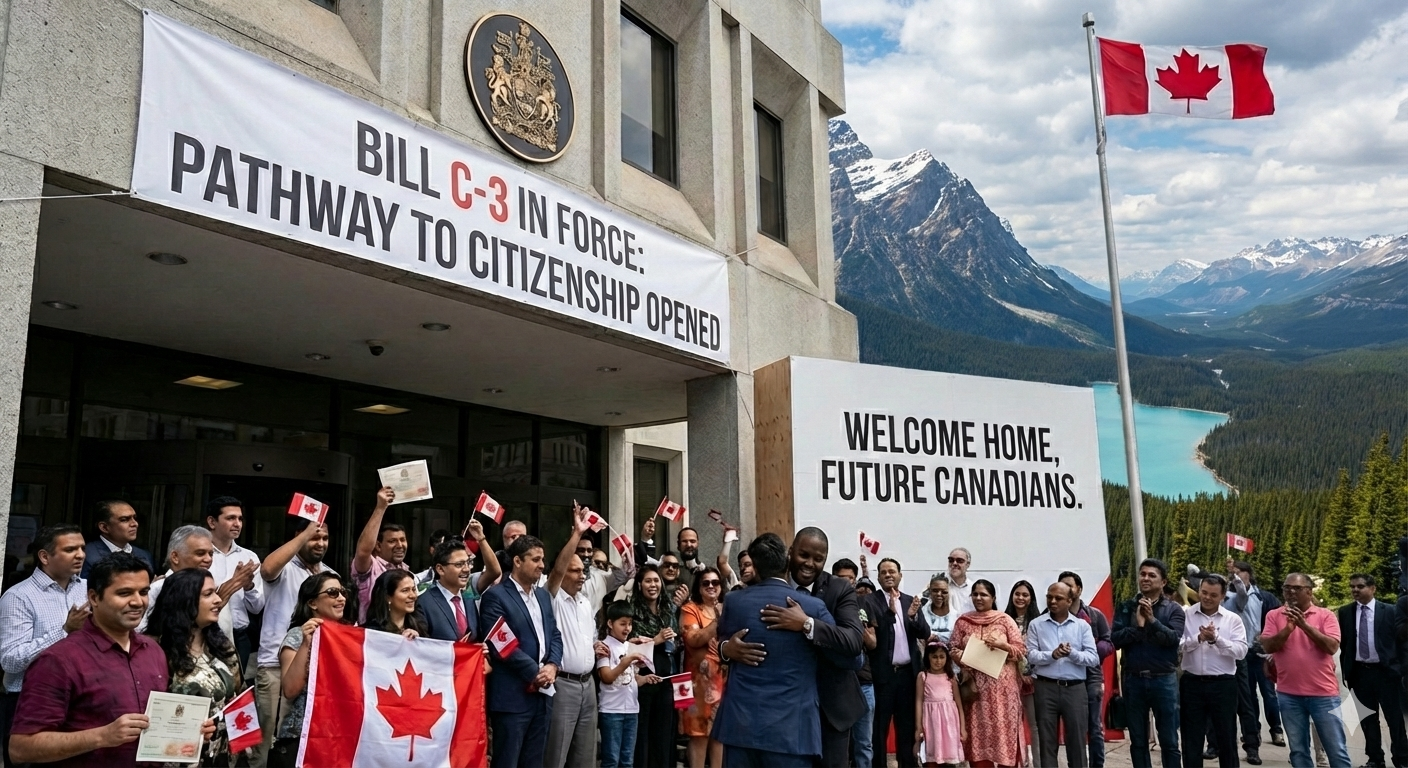How Americans Can Start Their Journey to Canada: From Work to Study

As the U.S. gears up for another election, more Americans
are exploring Canada as a potential new home. Many are influenced by political
changes in their country. If you're considering moving to Canada, here's a
simple guide to help you understand the process.
Ways to Move to Canada from the U.S.
There are two main pathways for U.S. citizens to move to
Canada:
- Temporary
Resident Pathways: These are for those coming to
Canada for a specific reason, like studying, working, or tourism. These
permits allow you to stay in Canada temporarily.
- Permanent
Resident/Citizenship Pathways: These allow you to live
in Canada permanently while keeping your U.S. citizenship. Often, you need
to start with a temporary resident pathway before becoming eligible for
permanent residency.
Temporary Resident Pathways
Moving to Canada to Study
Each year, about 15,000 U.S. citizens choose to study in
Canada due to its high-quality education and rich cultural experiences. Canada
has over 1,500 universities and colleges.
Steps to Study in Canada:
- Get
accepted by a Designated Learning Institution (DLI).
- Apply
for a study permit by submitting:
- An
acceptance letter from the DLI.
- Proof
of funds for tuition and living expenses.
- A
provincial attestation letter (PAL).
While studying, you can work part-time during the academic
year and full-time during breaks. After graduating, you can apply for a
Post-Graduation Work Permit (PGWP), allowing you to work in Canada for up to
three years, which can help you qualify for permanent residency through the
Canadian Experience Class (CEC) under Express Entry.
Moving to Canada to Work
To work in Canada, you need a work permit. There are two
main types:
- LMIA-Based
Work Permits: Employers need a Labour Market Impact
Assessment (LMIA) to show that hiring a foreign worker won't negatively
impact the Canadian labor market. After obtaining an LMIA, you can apply
for a work permit.
- Open
Work Permits: These don't require an LMIA and allow
you to work for any employer in Canada. They are typically issued under
programs like the International Experience Canada (IEC) or for graduates
with a PGWP.
Work Permit Options for Americans:
- Global
Talent Stream: This program helps Canadian employers in
high-growth sectors hire skilled foreign workers quickly.
- Canada-U.S.-Mexico
Agreement (CUSMA): This agreement simplifies the
process for U.S. citizens to get temporary work permits without an LMIA.
It covers professionals, intra-company transferees, traders, and
investors.
- Intra-Company
Transfer: This allows U.S. companies with Canadian
branches to transfer key employees to Canada without an LMIA.
- Working
Holidays (IEC): U.S. citizens aged 18 to 35 can get an
open work permit for 12 months to work and travel in Canada.
Some U.S. citizens can also perform certain types of work
in Canada without a work permit, like business visitors engaging in trade
activities.
Permanent Residency and Citizenship
If you want to stay in Canada permanently, you can apply for permanent residency. This lets you live and work in Canada indefinitely while keeping your U.S. citizenship. After becoming a permanent resident, you might also qualify to apply for Canadian citizenship, allowing dual citizenship with both the U.S. and Canada.






